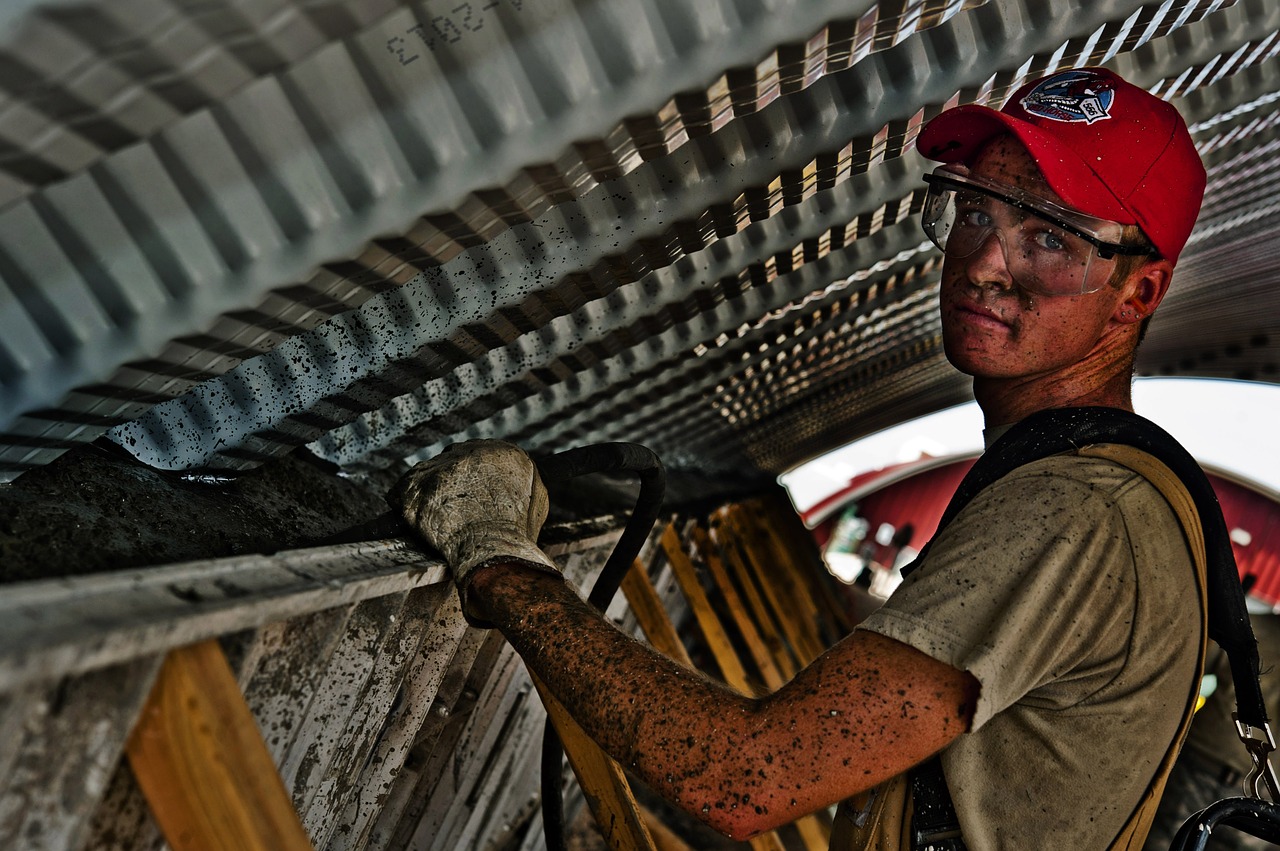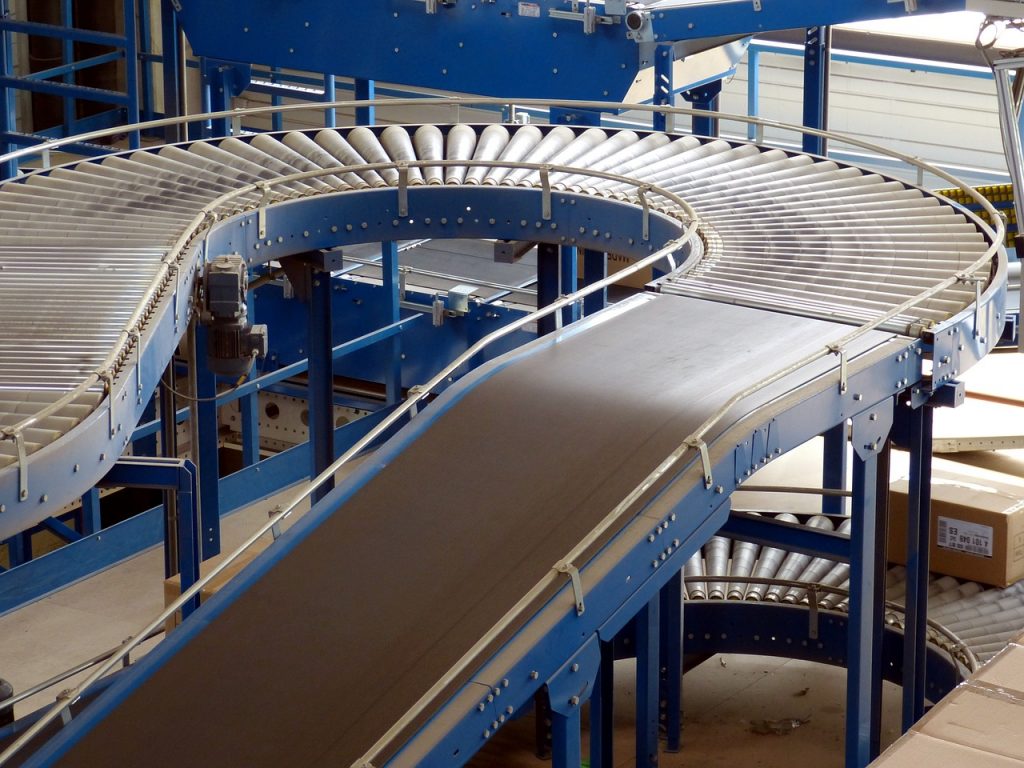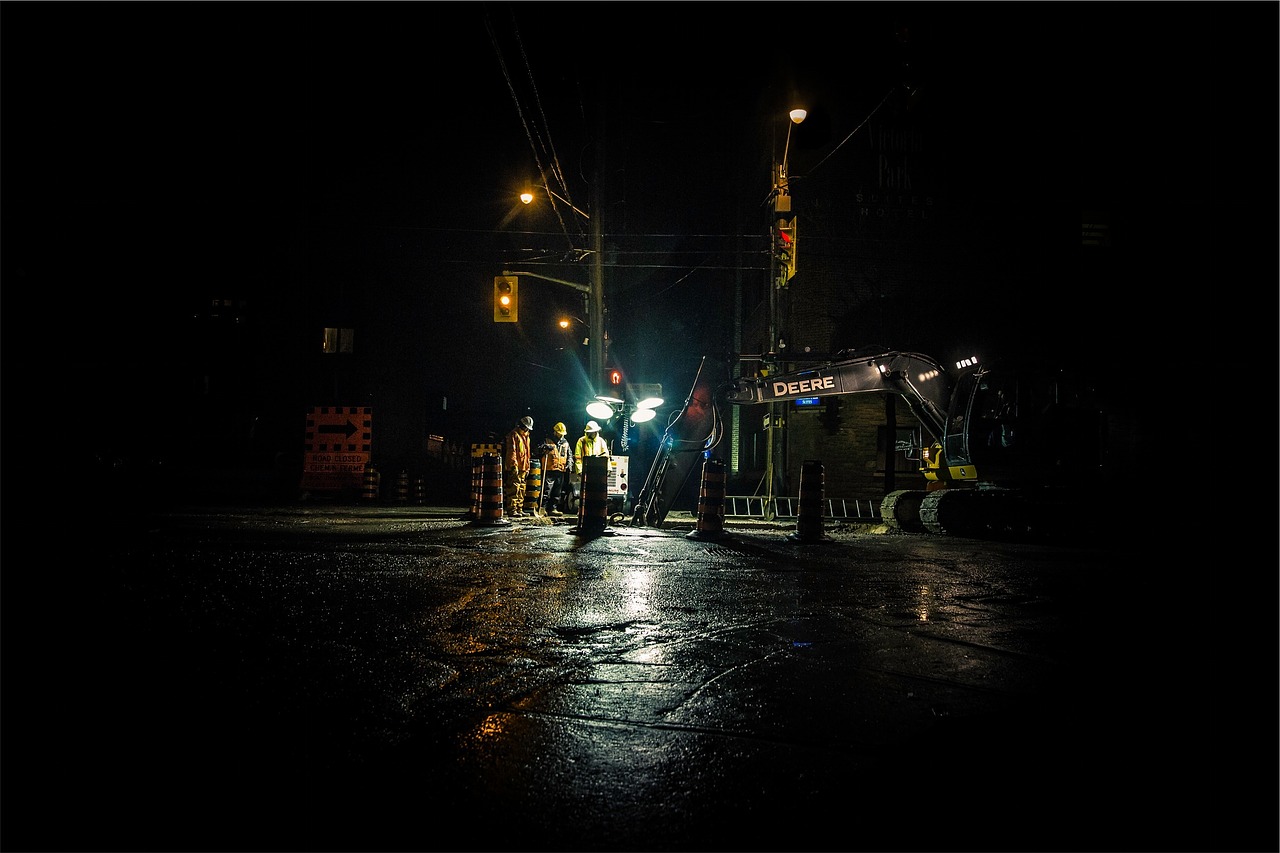
Introduced in 2002, the ‘Control of Substances Hazardous to Health’ regulations are designed to make employers responsible for substances that are hazardous to health by preventing or controlling exposure in the workplace.
What substances are hazardous to health?
There are a range of chemicals and substances that are hazardous to human health. Although many people presume that these might only exist in certain workplaces, such as construction sites, COSHH covers all workplaces.
Hazardous substances include:
- Chemicals
- Products containing chemicals
- Fumes
- Dusts
- Vapours
- Mists
- Nanotechnology
- Gases and asphyxiating gases
- Biological agents such as germs
- Germs that cause diseases such as leptospirosis
Despite this, COSHH does not cover lead, asbestos, or radioactive substances as these materials have their very own regulations.
How to carry out a COSHH assessment

Many employers are aware of risks and dangers within their given industries, but it is still important to carry out a COSHH assessment as it is important to remember that risks should not be limited only to substances that are labelled ‘hazardous.’
Survey the working environment
By taking a simple walk around your workplace, you can assess where there is potential for exposure to hazardous materials and substances that can damage health.
Take into consideration equipment or processes that might emit dust, fumes or vapours. It’s also important to remember that substances with Workplace Exposure Limits (WELs) are hazardous to health.
Get a firm understanding of what is hazardous
By obtaining data safety sheets and trade magazines, you can get a firm grasp of what might be dangerous to human health in your workplace.
Some substances might arise from processes that have no safety data sheets. Mist from metalworking for example, may not be accounted for.
The Health and Safety Executive (HSE) provides a detailed breakdown of dangers within particular industries.
Search out and highlight the most hazardous tasks
Note down any jobs or tasks that lead to certain exposures. Take account of all the safety measures that are currently in place and assess how likely the harm is to workers’ health.
Take stock of the accident book
If your company has more than 10 employees, it is a legal requirement to keep an accident book in the workplace.
Take into account recent accidents, especially those containing instances of hazardous materials. If there are any examples, work out what went wrong and where safety can be improved.
Purchase the official HSE step by step guide

Employers can now buy the official COSHH assessment guide, which details easy to understand principles as well as providing key information regarding substances, dangers and practices.
Changes you can make in the workplace
Once that you have carried out a COSHH assessment, you can begin making important changes to your workplace – and you can do this in many forms:
Substitute hazardous materials
If possible, try and replace a hazardous substance with one that presents less, or ideally, no risk to human health or the environment.
This can be done by substituting powders for liquids or by introducing another process that does not create or use a specific hazardous substance.
By speaking to specific trade associations, or organisations within your particular industry, you can discuss steps and substitutions that others have carried out in regards to hazardous materials.
Lower exposure limits
Working with hazardous substances heightens the chances of absorbing those materials within the body. Prime exposure routes include:
- Through the mouth and nose
- Via skin contact
- By injection into the skin
- Through swallowing
Officially, there are roughly 500 substances with WELs, and you can find out if you work with any of them here.
The only way to discover whether your workplace exposures are below the WEL is by monitoring them by measuring the substance within the air.
Read chemical safety data sheets
By reading chemical safety data sheets, you make changes according to the hazards and dangers described within them.
It is important to remember however, that a safety data sheet itself is not a risk assessment – it is there only to aid you during one.
What permits are needed in relation to the COSHH?

If a workplace, or a proposed workplace, is found to have a high risk of hazard, there are strict controls in place to ensure employee safety.
Work must therefore be carried out against previous agreed safety procedures in the form of a ‘permit-to-work’ system.
This is a documented procedure that authorises employees to carry out high risk work within a time frame that is specified within the permit. It also sets out necessary precautions as well as how the work is set to be carried out.
The permit might also in some cases require a declaration from those involved in handover procedures or extensions of the work.
Who is responsible for protective equipment?
For those who work in the appropriate environments, it is the responsibility of the employer to provide workers with protective equipment; replacing that equipment when necessary.
Personal Protective Equipment (PPE) must be supplied to workers when all other measures of exposure control do not offer a safe environment to work in.
Types of PPE that employers might supply includes:
- Respirators
- Protective gloves
- Protective clothing
- Protective footwear
- Eye protection
When deciding what equipment to supply, a good way to find out what PPE is necessary is by asking trade associations and manufacturers.
Employees must also have a good understand of why they must wear PPE and what kind of protection it affords.
What is COSHH health surveillance?

When working in particular environments, it is important for employers to obtain information in regards to employee general health. This to help protect employees against risks in the work place. For example, someone who suffers from asthma should not work in an environment that is dust ridden.
It is important that COSHH health surveillance is not confused with general health screening.
When is health surveillance necessary?
If a workplace happens to contain a hazard that is associated with a particular disease or ailment, or if it is possible to detect a disease and reverse its progression, or eliminate it entirely by the improvement of work conditions – then health surveillance is necessary in the work place.
Health surveillance should be carried out in regular, planned assessments in the form of tests, questionnaires and examinations. Additionally, surveillance may need to be carried completed by an occupational health physician in some circumstances.
It is important to realise that the results of clinical outcomes are personal and the service provider must interpret the results for each employee.
What training should be carried out for people working with hazardous substances?
It is important for employers to provide all employees with information, training and instruction, including topics such as cleaning and maintenance.
Additionally employees must understand the outcomes of a COSHH risk assessment and how it will relate to their work and working environment.
Employees should also have access to any safety data sheets that are available within the workspaces.
Any contractors that enter the working environment should also be aware of the health and safety risks in the workspace.
